Campus life information
Life on Shibaura Institute of Technology Campus
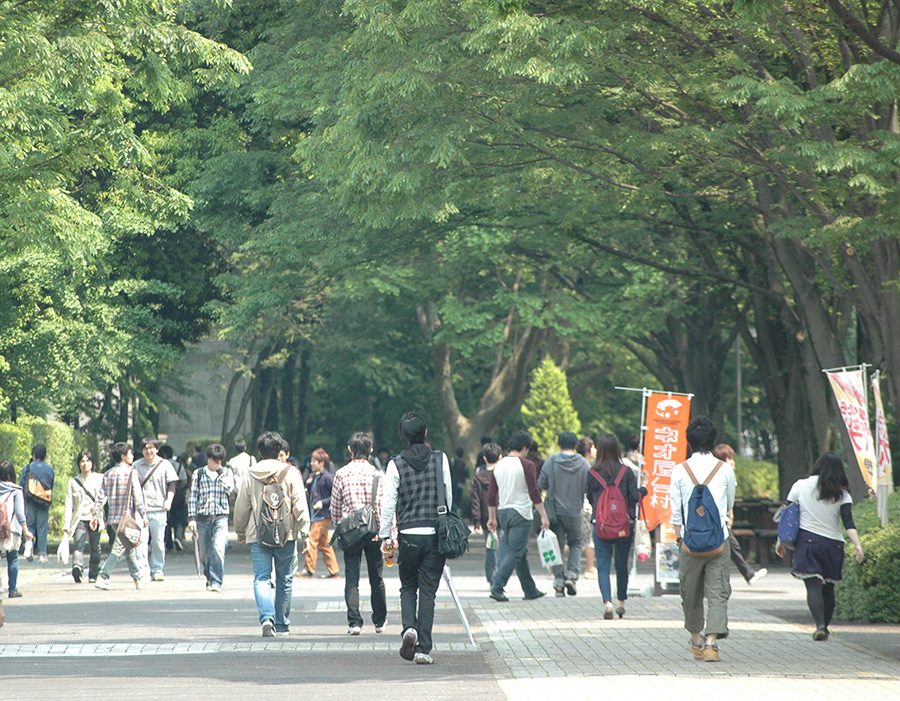
In 2014 SIT (Shibaura Institute of Technology) was selected as one of the universities to facilitate the Top Global University Project, a funded program to encourage foreign students to study at Japanese universities, initiated by the Japanese Ministry of Education, Culture, Sports, Science and Technology. Today approximately 1,300 international students study at SIT .
So, what’s the life on campus like? Let’s look at how Eduardo, a third-year student at College of Engineering from São Paulo in Mexico, spends his usual day.
Just an average day in the life of…. Eduardo

Waking up around 9:00, Eduardo wastes no time by grooming himself and having breakfast. At 9:30 he is all prepared to hit the road for an hour journey by train to Toyosu Campus.
Eduardo will then be on campus for 5 and a half hours non-stop, either attending lectures or studying in the library, with an hour interval for lunch.
At 16:00 he makes his way to a restaurant in Roppongi. He works there as kitchen staff 4 evenings a week. He has his shift for 5 hours. By 22:00 he heads home. After studying and revising for about an hour, it’s time for Eduardo to hit the hay. He goes to bed around 1:00.
Weekdays during the semester can be as busy as it is for Eduardo, but he aims at making the most of his free time by attending on-campus intercultural activities such as calligraphy workshop, which has contributed to expanding his horizon. He has also made new friends outside college at the restaurant he works, by whom he is affectionately called as “Ed”. During his time off, Eduardo likes to travel. He has been to many parts of the country; he has even paid visits to Okinawa twice. Okinawa has a special place in Eduardo’s heart as his ancestors are originally from this southernmost prefecture.
Studying, of course, comes as the top priority for Eduardo and takes up most of his time during the semester. He balances his study time well with his part-time job which takes up the same amount of time on the days he is on the shift. Furthermore, he likes to spend his time in the library between the lectures, which is his most favorite spot on Toyosu Campus. There Eduardo can immerse himself in his studies.
Why Choose SIT?
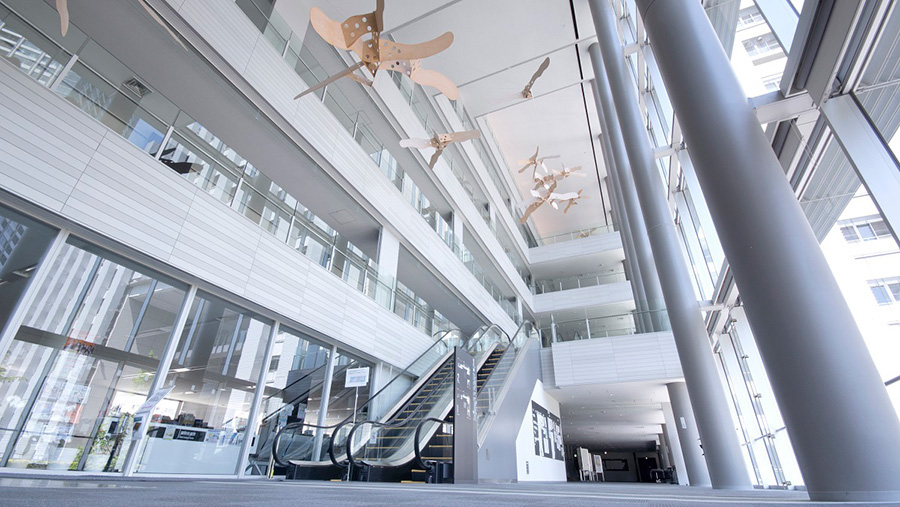
Now let’s see why choosing an institute of technology (technological university) as your destination to study in Japan is a good option; SIT in particular. Studying the fields of applied sciences, engineering and technology is definitely the way to go in today’s world.
Enhancing the globalization of the nation’s higher education market and to nurture human resources with the global mindset are the key drives of the Top Global University Project. Being the only private university selected for the Project in the field of technology and engineering, SIT has a predominant position in offering exciting academic opportunities to students from all parts of the world. The first and foremost reason our international students select SIT as the university to study in Japan is because they can study any area they wish to explore in depth. With world-acclaimed academics and scholars in every field of engineering or technology and the state-of-art facilities to cater for one’s area of research, studying at SIT is much sought after by world-acclaimed science institutions.
Location also plays a vital role when choosing your place for studying. SIT has two campuses in central Tokyo (Shibaura and Toyosu) and one in Saitama (Omiya), where latter is in an easy to reach location from central Tokyo - just a train ride of 30 minutes from Ikebukuro, one of the largest terminal stations in the capital. Studying in and around one of the most vibrant cities on the planet is no doubt an appealing factor.
In terms of job placements, our graduates attain high level of employment. That makes studying at SIT a ticket to your road for a successful career.
Let’s go back to our friend Eduardo. He is specialized in Civil Engineering but that doesn’t stop him from taking other lectures that fascinate him. From computer to traffic engineering, to an intermediary-level Japanese language course, Eduardo’s challenge knows no bounds. So if you think you can take on more than your area of study, the sky’s the limit! And if you want to take some break from work and to refresh your mind and body, there are various extra-curricular activities to choose from on campus; from inter-cultural events like Eduardo attended, to all types of sports and hobbies. There’s so much for you to keep you preoccupied with by being on campus alone!
If you feel homesick, want some advice or simply someone to talk things through, there is a strong network of Japanese students who have returned from studying abroad. They are hands-on in supporting international students , so rest assured that you can count on their help in times of need.
Dining at the Cafeteria – Smart Choice
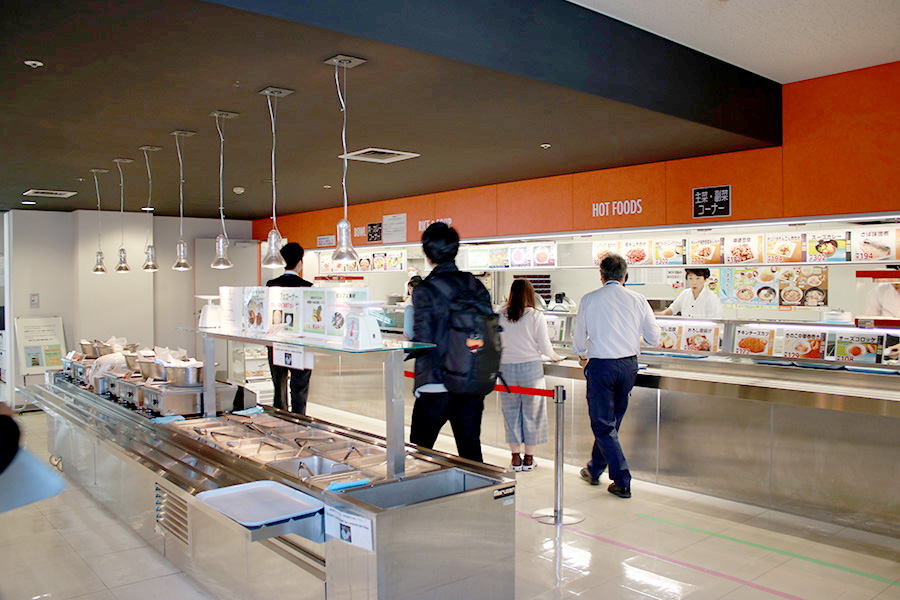
Run by the University Co-op, student cafeterias of SIT at all three campuses offer “nutritiously well-balanced meal using safely sourced ingredients at affordable price” in a “relaxed and pleasant ambience” . True to its slogan, each cafeteria offers a wide variety of delicious, hearty meals. A coin of 500 yen will buy you more than enough to keep you going through your afternoon lectures – a deal hard to find outside the campus.
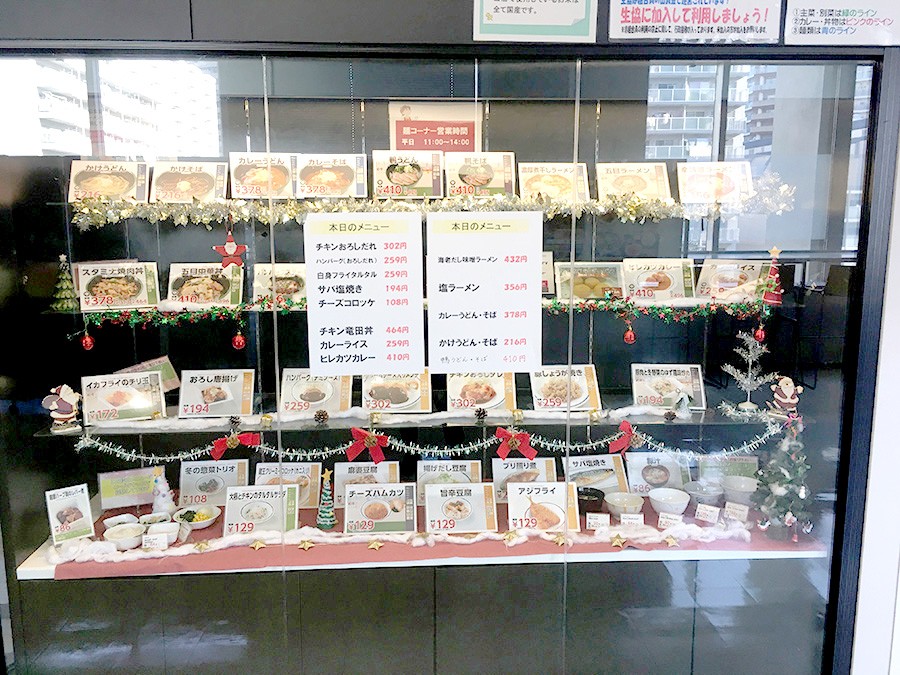
Line-up on the menu at student cafeterias tends to be either Japanese cuisine such as soba/udon noodles or a grilled fillet of fish with miso soup and a bowl of rice, or various world cuisines with a Japanese twist like Chinese (ramen, fried rice, stir-fried dishes), Western (deep fried meat and seafood), and Indian (curry and rice).
Here are some of our recommendations:Tori soboro don (Ground chicken bowl)
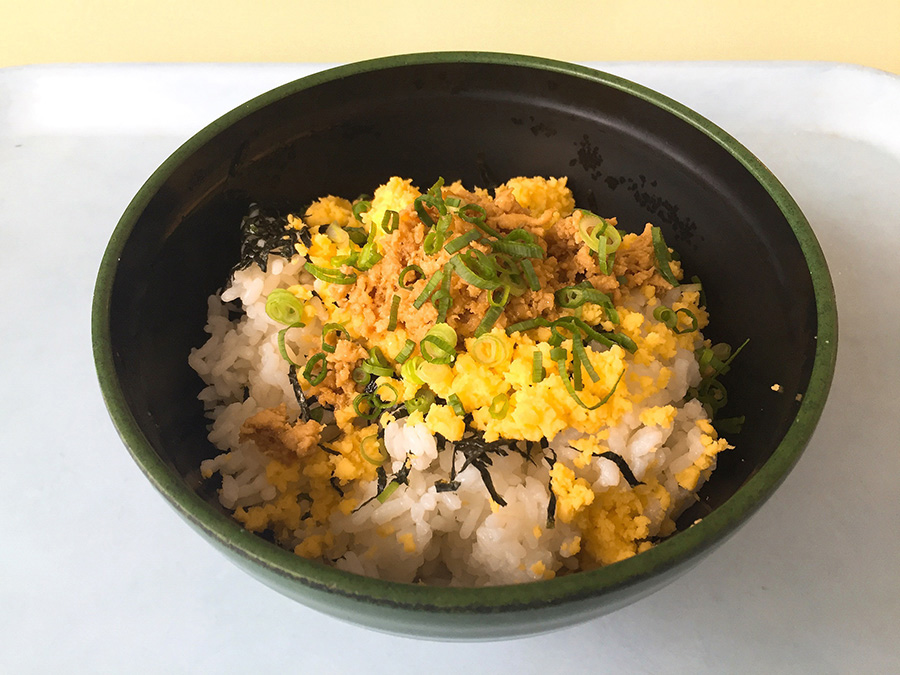
Sauteed ground chicken with soy sauce-based seasoning topped with scramble egg, chopped spring onion and shredded nori (seaweed) over a generous serving of rice is one of the all-time nation’s favorite. By adding miso soup and salad, it makes a well-rounded meal.
Ebi-dashi miso ramen (Ramen noodle with shrimp-broth miso soup)
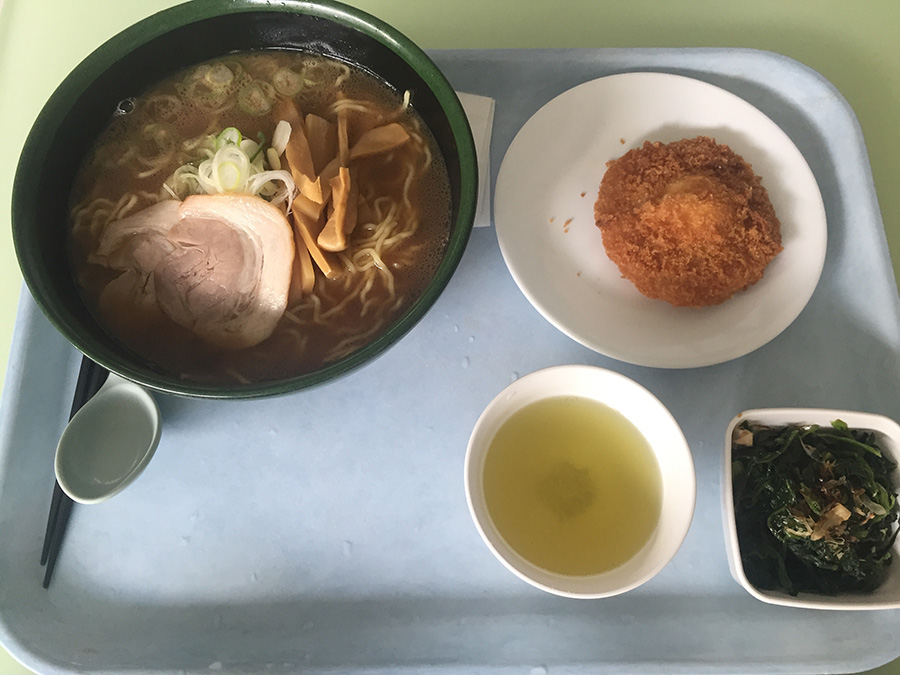
National average price for a bowl of ramen is 694 yen . And cosidering specialty ramen as shrimp-broth can cost from 800 yen or above at popular ramen shops, this is a bargain for 432 yen a bowl. It won’t break your wallet even if you add side dishes of a potato croquette and a sesame-dressed spinach (as seen in the picture above), not to mention the green tea is free and bottomless!
Curry udon
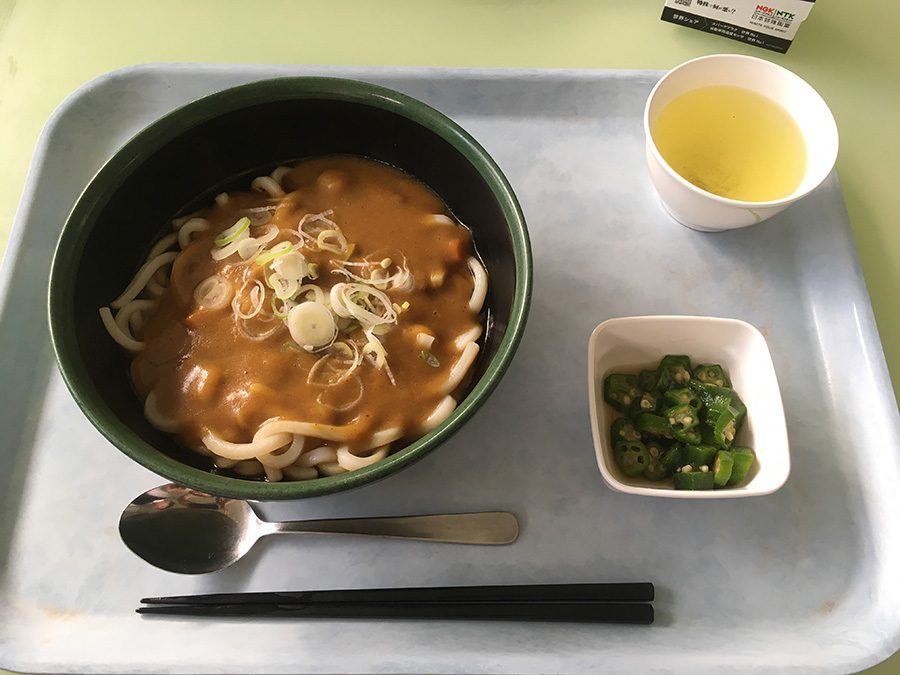
A mouth-watering combination of Japanese-style curry sauce poured over udon noodle is a comfort food especially during the cold season. This flavorsome bowl will warm you up and give you a “feel good” effect. Now that’s just what you need as you brace yourself for a long afternoon!
From time to time cafeterias on campus offer seasonal specials. It’s a great opportunity to try something new, from innovative, fusion cuisine to traditional dishes from various regions of Japan.
There’s so much more than studying on campus. Rest assured that you will settle in and feel at home in no time. Don’t forget, we are here to help every step of the way on your exciting journey!